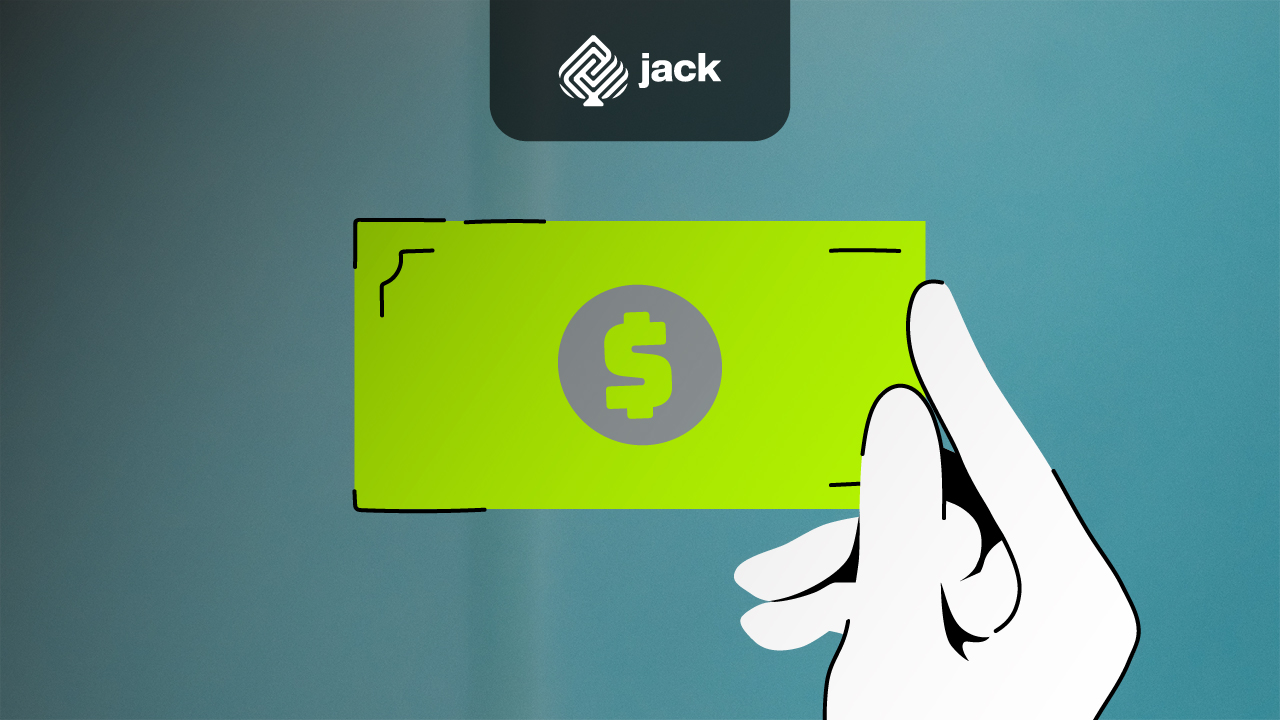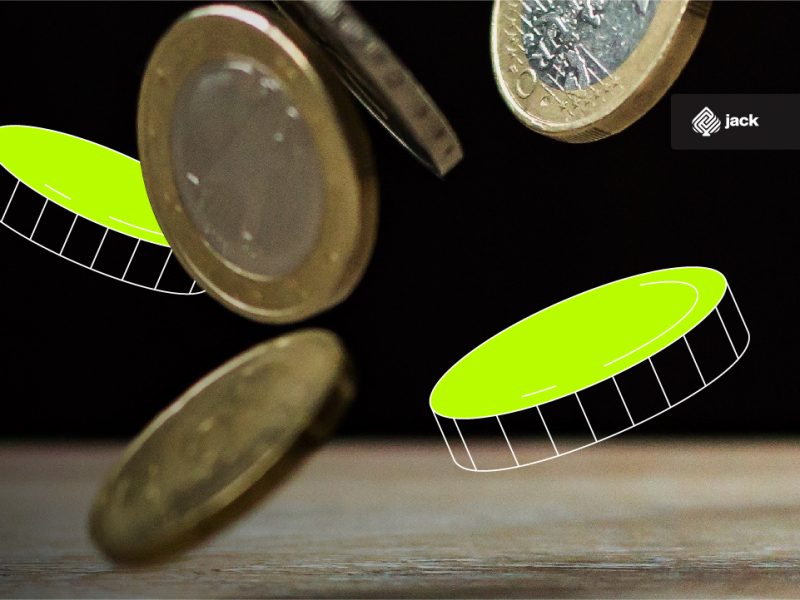If we want to start a business, we often hear about business working capital from business practitioners. Regardless of the type of business being pursued, business working capital serves as a measure of its financial health. Moreover, calculating capital with clear ratios can also impact operational costs and the risk of potential losses.
Therefore, we need to understand the concept of business working capital and its various types. To gain a clearer understanding, let’s explore the complete explanation below.
Definition of Working Capital

Fundamentally, the definition of working capital can vary. According to Wikipedia, working capital refers to a company’s short-term investment, such as marketable securities, cash, accounts receivable, and inventory. This capital is intended to meet the financial needs and financing of planned business activities.
Looking at the definition of working capital according to several experts, the following answers can be provided:
Jumingan
Jumingan defines business working capital as the amount of current assets on a company’s balance sheet. Net working capital, on the other hand, is calculated by subtracting current liabilities or current debts from current assets.
Therefore, it reveals the presence of net working capital and gross working capital within a company. The availability of capital depends greatly on the liquidity level of current assets.
Eugene F. Brigham and Joel F. Houston
Eugene F. Brigham and Joel F. Houston define business working capital as the sum of current assets. These current assets constitute the gross working capital.
This definition is quantitative in nature, as it represents the total funds used for short-term operational purposes. Cash, securities, inventory, and accounts receivable play significant roles in determining a company’s working capital.
Kasmir
According to Kasmir, business working capital is the funds used to carry out a company’s operational activities. In other words, working capital can be understood as the capital invested in a company.
In its form, working capital consists of short-term assets or current assets. Examples include cash, bank accounts, securities, receivables, and other current assets.
Gitman
Gitman explains that business working capital is a part of investment. It refers to the total circulating current assets that change form or value as business activities are conducted.
In other words, business working capital represents current assets that undergo changes in form or market value during business operations.
Harahap
Lastly, there is the perspective of Harahap. According to him, business working capital is the result of subtracting current assets or current assets from working debts.
Harahap also explains that business working capital can be used as a measure related to the interests of short-term creditors.
Overall, these definitions provide insights into the concept of business working capital and its significance in assessing a company’s financial position.
Types of Business Working Capital

As mentioned earlier, capital is essential for a company. Having capital enables a company to sustain its operations and keep the economic wheel turning.
There are various types of business working capital commonly used. Here is an explanation of each type:
1. Permanent Working Capital
The first type is Permanent Working Capital. This refers to the continuous or ongoing capital required for the smooth operation of a company. In other words, permanent working capital is a necessary component that a company must always have in order to fulfill its functions.
There are different types of Permanent Working Capital, including:
- Primary Working Capital: Working capital that is essential for the continuity of a company’s operations.
- Normal Working Capital: The percentage of working capital required for the normal expansion of a company’s production.
2. Variable Working Capital
The next type is Variable Working Capital. This type of business working capital fluctuates based on changes in a company’s production activities. Variable Working Capital can be further categorized into several types, each with different effects on a company.
The types of Variable Working Capital include:
- Seasonal Working Capital: Changes in working capital influenced by seasonal fluctuations.
- Cyclical Working Capital: Changes in working capital caused by economic fluctuations.
- Emergency Working Capital: Changes in working capital due to unforeseen emergency circumstances.
Example Calculation of Business Working Capital
There are specific steps involved in calculating working capital for a business. The purpose is to determine gross profit, company debt, and the net profit or earnings obtained by the company.
To understand an example calculation of business working capital, consider the following explanation:
1. Calculating Current Assets
Current assets refer to the assets in a company that can be converted into cash within one year. Current assets are not limited to cash alone but can also include trade receivables, inventory, and prepaid expenses classified as short-term accounts. In a company’s financial statements, current assets are typically presented in the balance sheet.
All accounts classified as current assets are summed up until their total value is obtained. Then, sum up the accounts that fall under the cash category, such as cash, prepaid expenses, inventory, trade receivables, and other related accounts. Finally, combine the two results to determine the total current assets held by a company.
2. Calculating Current Liabilities
Current liabilities are the obligations that must be paid within a specified time frame. In the balance sheet, current liabilities are presented as accounts payable. Accounts included in this category include trade payables, promissory notes payable, and other payable debts.
3. Calculating Net Working Capital
The final step in calculating net working capital involves subtracting current liabilities from current assets. For example, if PT Maju Sejahtera has a cash balance of Rp 100,000,000 and company debts amounting to Rp 54,653,000, using the net working capital formula, the company would have working capital of Rp 45,347,000.
Use Jack for Your Business Needs
That concludes the explanation of working capital and its types. We hope this information is beneficial to you.






